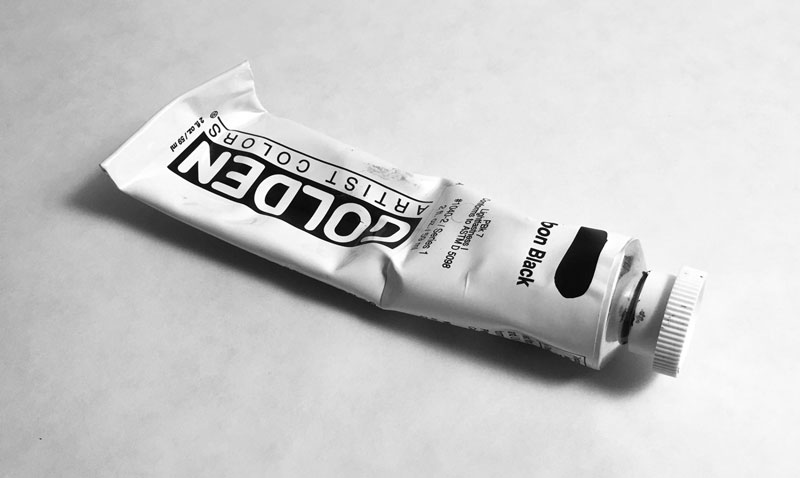Ready to move forward and continue learning? Check out the courses discussed in the video...
Far too many of us believe the misconceptions out there when it comes to drawing and talent. Unfortunately, many of us have been taught that drawing is a talent that you are either born with or you're not. This lie holds so many of us back from our passions in life.
Truthfully, drawing is skill that anyone can learn. And just like with other skills, there is no limit to where you can take your drawing abilities.
Drawing well requires a bit of knowledge, passion, and practice. If these factors are in place, then drawing is something that you can learn and even excel at.
Below, you'll find the reference photos used for the drawing exercises illustrated in the video above. Use these references as you follow along with the lesson...
Reference Image #1

Reference Image #2

In order to draw well, we must overcome the great talent myth. We must first believe that we can draw. If this belief isn't there, then you'll never be able to draw well. We acheive what we believe is possible and we make excuses for things that we think are not. It's time to stop making excuses and start taking action.
Drawing is not just the act of making marks. It's not magic either. It's mostly about seeing. We must understand how we see the world around us in order to capture what we see in a drawing.
You may have heard someone tell you to "draw what you see". If you understand what you are actually seeing, then this is great advice. But if you don't, then this advice is quite confusing.
When it comes to drawing, our brain sometimes gets in the way of what we are actually seeing. We may look at an object and understand what it is, but when we try to draw it, the results are not representational. We try to recall a method for drawing the subject instead of focusing how we see the object before our brain makes sense of it. Therefore we need to understand what we are actually seeing.
We see the world as a collection of elements. These elements are...
You may notice that these elements are The Elements of Art. Alone, each of these elements are quite abstract. But when combined, these elements inform our brains of the world around us. Therefore, when we create drawings, we should organize these elements in a manner that creates an illusion.
These are the elements that we should look for on the subjects that we draw. Instead of interpreting the object that we draw, we should instead look for lines, shapes, values, etc. and replicate them on paper with the medium of our choice.
This is the essence of drawing and how we develop the skill of drawing. We practice seeing. We study the subject and look for the elements.
The more that we practice observation, the better we become at creating realistic drawings.
It doesn't end with simply understanding how we see the world. We must practice in order to improve. This is true with any skill. Why do you think athletes constantly practice? Or why accomplished musucians rehearse frequently? They are contiually working on developing their skill. Think about it, if it were all about talent, then why practice?
The more that you practice drawing through infromed and deliberate exercises, then the better your drawing skills will become.
I've seen it with countless students - even the ones that couldn't "draw a straight line". I've had students that once believed that they couldn't draw - that they had to have a talent - go on to have a career as an artist.
This doesn't happen overnight and it certainly doesn't happen by watching countless time lapse videos on YouTube. It starts with a mind shift - a belief in yourself. It continues with knowledge and instruction, followed by practice and determination.
Yes, you can draw. But only if you believe that you can and if are willing to seek out knowledge and practice.